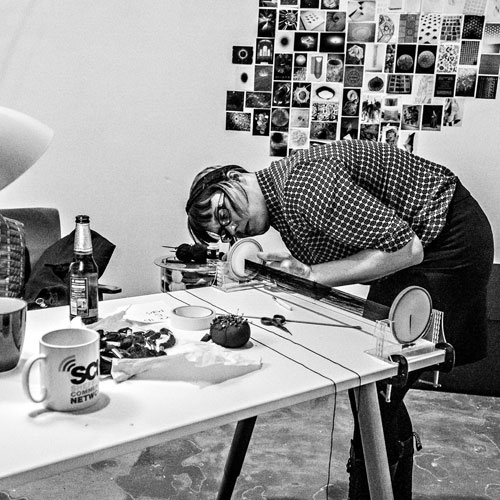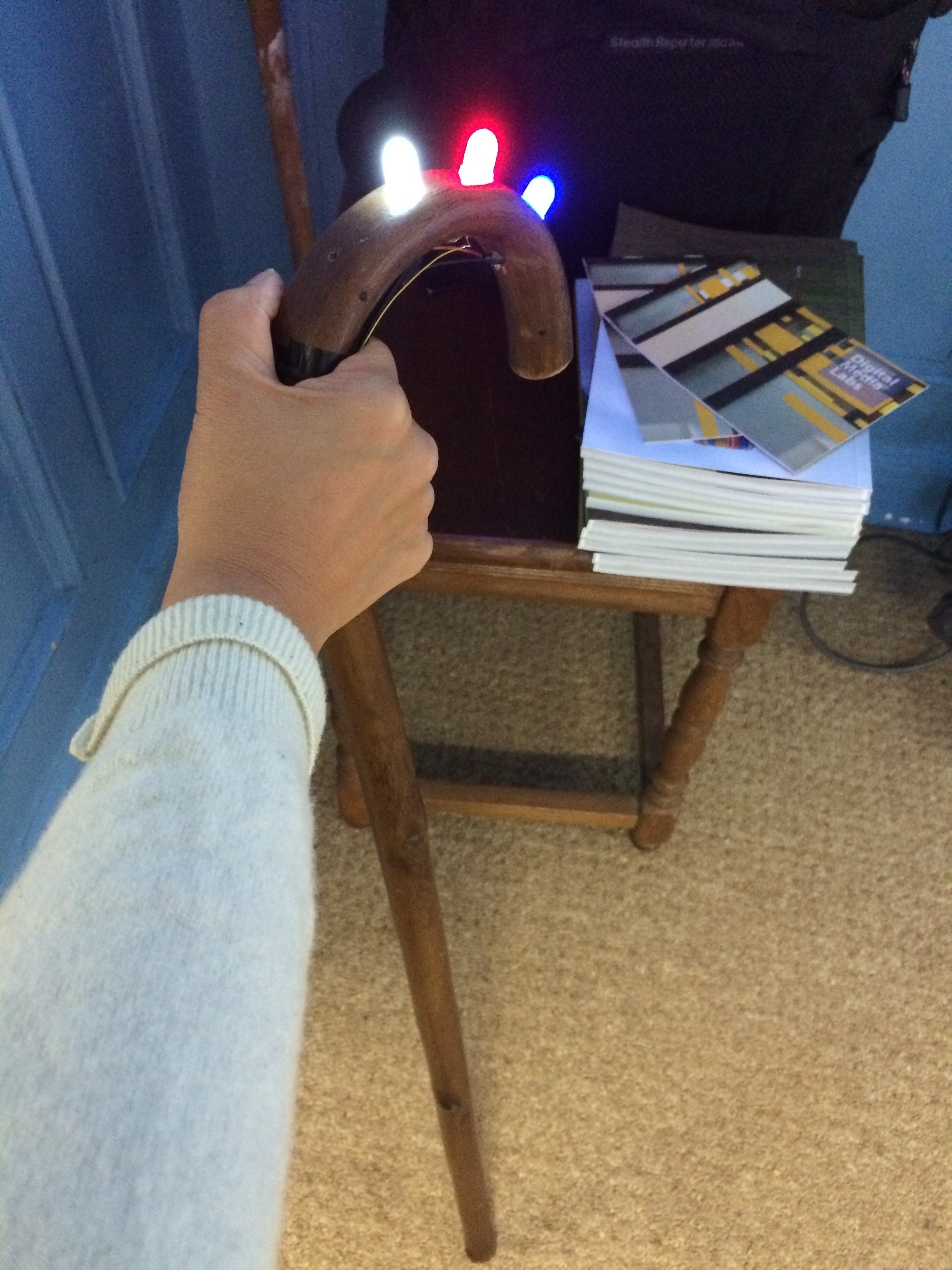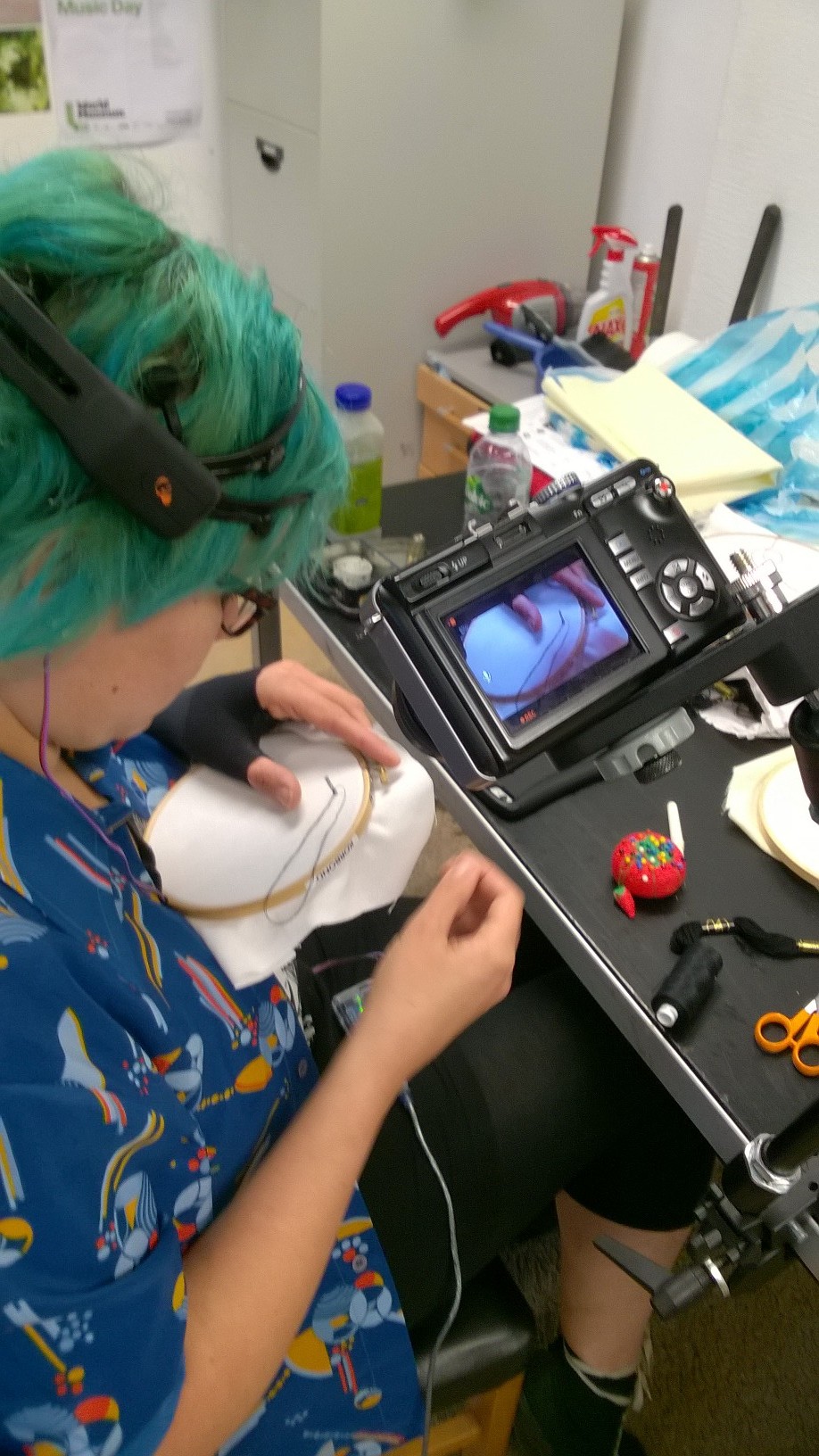Order Clonazepam With Fast Delivery Yesterday I commented on the amount of energy and resources tied up in physical media – objects that we’ve repeatedly created and abandoned in the wake of rapidly changing technology and increasing demand for improved quality and portability.
After recently listening to a great documentary podcast on Brutalism, I was struck by a point made about the additional energy that would be wasted by demolishing these hulking structures for the sake of improving this ageing architecture. This made me think that perhaps we should seek to embrace what we’ve already created an abundance of, and help connect cassettes to the 21st century.
https://www.onoranzefunebriurbino.com/8q47nmn8nfiA solid-state cassette
https://www.salernoformazione.com/g7ukayh0 Cassettes themselves are simply containers for storage material within, a compact plastic housing for something that’s less convenient to handle and retrieve data from on its own. While we have since embraced more compact media, there’s something to be said for larger peripherals and interfaces in situations where fiddly precision is actually less convenient.
https://www.plantillaslago.com/nu3kqigva39https://yourartbeat.net/2025/03/11/mtgu17gkm This is my favourite image to surface on the Internet so far this year – a teenager’s first car came with what he perceived to be an iPhone dock:
https://ballymenachamber.co.uk/?p=eeark7i
https://www.mdifitness.com/w4zgyqx4l Millennial Interpretation of a Tape Deck
https://www.wefairplay.org/2025/03/11/cy1klg7What I’ve done so far is removed the original contents of a tape cassette we picked up on Saturday, and inserted an RFID card inside containing data that’s readable by modern digital technology. I’m currently working the the cassette deck.
https://www.infoturismiamoci.com/2025/03/bx0wetpxcr I’m going to be honest and say that I’m not entirely sure where I’m going with this, but everyone’s certainly enjoying handling the tape so far.
https://yourartbeat.net/2025/03/11/de5k12kvsep



